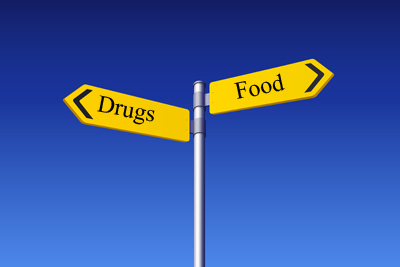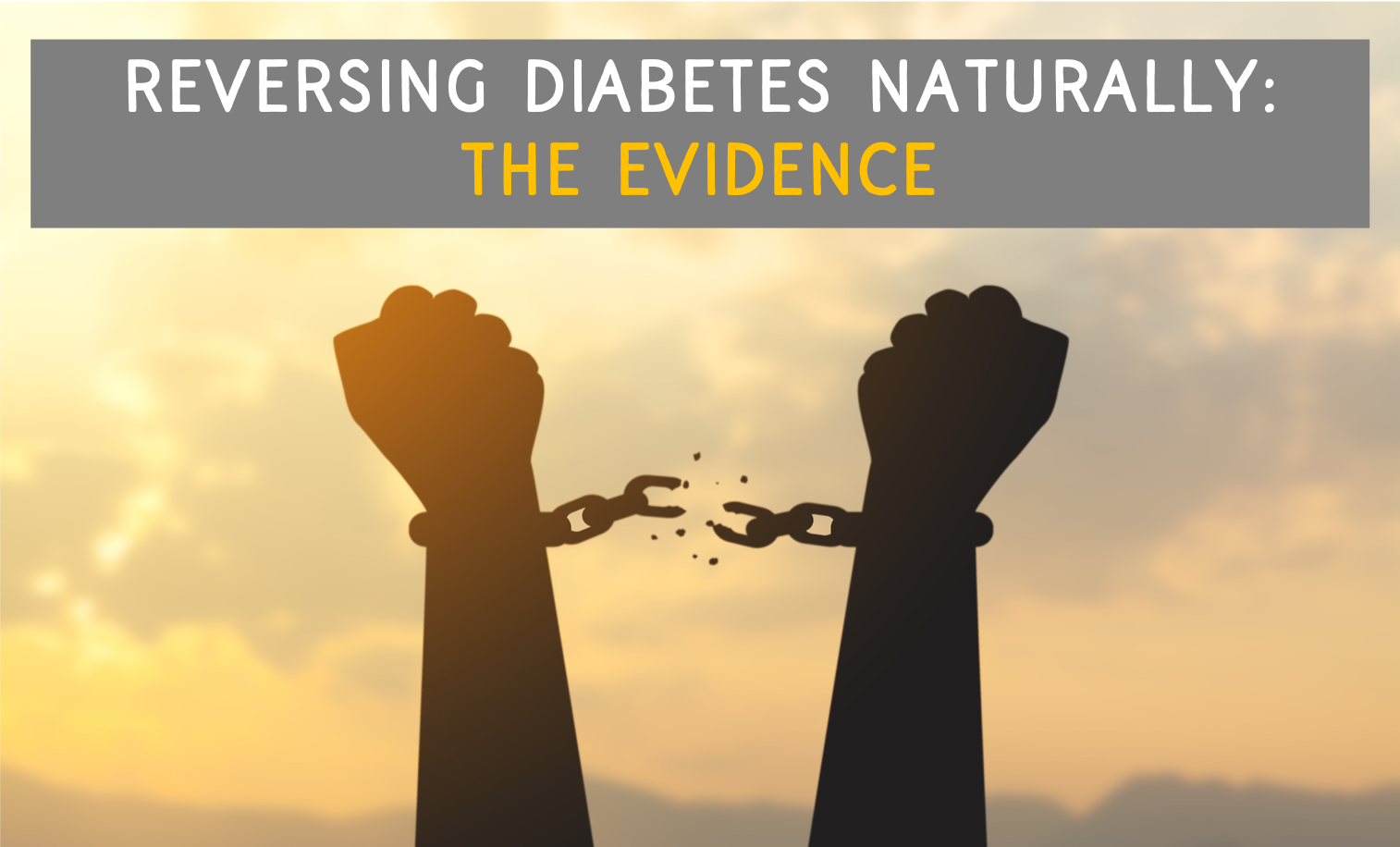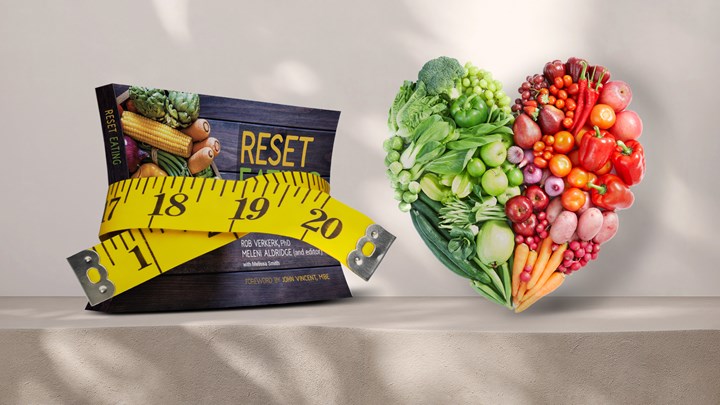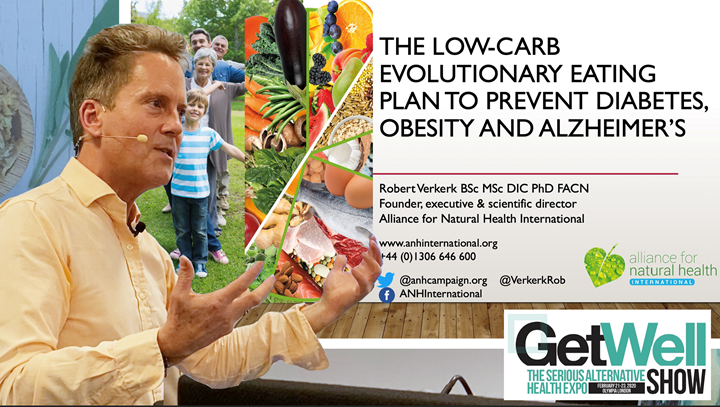Content Sections
Obesity and type 2 diabetes (T2D) have become the scourge of worldwide healthcare systems. According to figures from the International Diabetes Foundation (IDF) diabetes affected approximately 425 million people worldwide in 2017. Numbers are predicted to rise to 629 million by 2045. Everyday, millions of patients with this potentially life-threatening condition are faced with a lifetime of drug therapy and associated health issues with little or no option for reversing the condition, despite mounting evidence to the contrary.
We now know T2D is a form of carbohydrate intolerance, which can be reversed without drug use. In 2016, the World Health Organization (WHO) acknowledged diabetes reversal can be achieved through weight loss and calorie restriction. What they didn’t say is that it can be done without calorie restriction, as is typically the case with restricted carb dietary approaches that generally also include consumption of more fat – hence them being referred to as low carb high fat (LCHF). Because fats deliver 9 calories per gram compared with the 4 for carbs (and protein), calorie counters are often put off low carb high fat – despite this being one of the most helpful dietary approaches.
Acknowledging the role of diet in the remission of T2D, the UK’s NHS announced it will trial the use of a very low calorie shake based regime (based on the DiRECT trial) using Cambridge Weight Plan’s total diet replacement products.
With escalating evidence of benefits of non-drug therapies, adoption of dietary and lifestyle-based therapies is likely to grow as insurance companies take a closer interest in incentivising healthy behaviours to combat spiralling chronic diseases.
Daily, thousands of patients are now throwing off the chains binding them to drug-dependent medical approaches and policies, in the process breaking pharma’s stranglehold on their health. Reversing T2D naturally without drugs is the most likely candidate for being a game changer here and fortunately the grassroots is really beginning to get this and driving change from the bottom up.
Reversal, remission or cure?
Increasingly the media and scientific community are referring to the ‘reversal’ and ‘remission’ of T2D. However, consensus on the exact criteria continues to be debated.
Generally, it is widely agreed that keeping glycated haemoglobin (HbA1c) under 48mmol/mol (which can also be expressed as 6.5%) for an extended period of time without the use of drugs (glycaemic control medications e.g. metformin) signifies remission. As yet, no interventions have been deemed a ‘cure’ as patients can slip back into metabolic dysfunction if they return to their previous dietary or lifestyle patterns.

Drug free options – the evidence
A new narrative review just published in the journal Nutrients explores the evidence for three drug-free options to reverse type 2 diabetes. Below we summarise the evidence for and against those options along with the most widely used drug treatment:
Before the discovery of insulin and the later introduction of drug interventions to combat diabetes, diet was the most frequently used treatment. Attention is now firmly fixed on the use of dietary interventions, both for prevention and the reversal of T2D.
- Low carbohydrate diet – resurrected in the last decade, an increasing body of evidence points to the efficacy and safety of low carbohydrate diets (LC) in the reversal of T2D. The American Diabetes Association (ADA) and European Association for the Study of Diabetes (EASD) have recently endorsed the use of LC for the management of T2D. Unlike low calorie diets, LC diets focus on changes in macronutrient ratios or restricting carbohydrate intakes to specific levels (e.g. less than 130 grams of carbs daily, or less than 40% of energy from carbs from all sources per day) rather than calorie restriction. LC diets are proving to have a high efficacy with 70-80% of participants shown to be in remission at one year, with over 50% maintaining remission after two years. LC also appears to be effective in patients with longer duration T2D. Overall LC has been found to be safe and well tolerated, but long-term data is lacking.
- Very low-calorie diet – Since the 1970’s low calorie diets (LCD) have been used for the short-term management of weight and blood glucose levels. This is a much more extreme restriction of carbs and particularly benefits those who are highly carbohydrate intolerant (insulin resistant), with as little as 20-30 grams of carbs per day or less than 5% of energy from carbs per day. The drawback for some is long-term compliance, with patients finding it hard to resist what we sometimes call ‘sticky bun addiction’! The net effect can be yo-yoing. The DiRECT trial in the UK found that 46% of participants were considered to be in remission at one year, with 36% remaining in remission at the 2-year point. The follow-up period has now been extended to assess long-term efficacy. Despite the issues of long-term compliance, LCD is considered to be an effective way to reverse T2D in the short-term (up to 2 years) in more recently diagnosed patients.
- Bariatric Surgery – long recognised as a treatment for obesity along with accompanying conditions such as T2D. It’s estimated T2D is reversed in up to 80% of patients undergoing surgery, with the level of improvement depending on the type of surgery used. Evidence consistently points to a dramatic and rapid improvement in glycaemic control – often within days or weeks – without significant weight loss. Alterations in appetite control hormones are also seen along with a shift in the gut microbiome from an ‘obesogenic’ to lean bacterial population. Although considered to be safe and effective overall, as with all surgery it’s not without risk. The rate of complications is estimated to be between 13% and 21% depending on surgery type. Long-term outcomes remain uncertain and patients remain at risk of weight regain and/or recurrence of obesity-related conditions. Death can also be a side effect of the treatment and associated costs can be significant.
- Drug therapy – With it’s origins going back to herbal medicine and, in particular, goat’s rue (Galega officinalis), metformin is the most widely prescribed glucose-lowering drug in the world, despite the more recent arrival of other drugs (e.g., sulphonylureas, thiazolidinediones, meglitinides, alpha glucosidase inhibitors). When compared to placebo and diet metformin showed more benefit in lowering HbA1c, but there were no significant differences in BMI or weight and triglycerides. The three studies comparing diet (see Tamez 1997b, Teupe 1991 and UKPDS Metf v Conven in the most current, valid Cochrane review) were very far from being current state-of-the-art LC or VLC diets. However, in these old studies, it is interesting that participants using metformin experienced a significantly higher number of hypoglycaemic events than those using dietary means alone. Another commonly reported side effect of metformin is gastro-intestinal distress. A final note on metformin: there is growing interest in its use as an anti-ageing drug and as an adjuvant drug in cancer therapy.
Take back control
For the vast majority of people who have yet to suffer extensive macrovascular, microvascular or neuropathy from T2D, the quickest and safest way to reverse or prevent type 2 diabetes lies in reducing or eliminating foods that promote high blood sugar – and that means sugars and refined or starchy carbs, especially as found in ultra-processed foods).
Going low carb to help reset your blood sugar and energy metabolism, along with your appetite control, is often best done by upping your consumption of nutrient-dense whole foods in the right combinations and amounts. It also often means eating less often, leaving big gaps (5 hours or more) between bouts of eating and cutting out all snacks (i.e. intermittent fasting or time-restricted feeding, which may mean limiting all your eating to a 6 or 8 hours window in each 24-hour period). And don’t forget exercise!
Natural health, not new-to-nature drugs, is the gateway to developing metabolic flexibility and resilience – which is your surest way of avoiding or reversing metabolic diseases like T2D and optimising your health and vitality.
The science and clinical experience is there – but there are still far too many general practitioners who have not yet been made aware of the extraordinary benefits of non-drug, dietary and activity protocols. Pharma won’t be volunteering any time soon that it’s been pipped by nature when it comes to delivering results.
Find out more
- Watch our Obesity Fix videos; Part 1, how to fix our metabolism and Part 2, the drug-free 5 steps to keto-adaptation
- Visit our Reverse Diabetes Naturally campaign








Comments
your voice counts
03 April 2019 at 9:09 pm
The HbA1c test has so many faults it is practically worthless.
There were even conferences to decide an arbitrary level at which diabetes was indicated. Tantamount to fraud.
So why is it used? It's a cheap test, but mostly 'I suspect it bumps up Pharma profits by getting more people on diabetes drugs earlier, part of the fear campaign.
" post-meal blood glucose testing is by far the most reliable and accurate way to determine what’s happening with blood sugar" - https://chriskresser.com/why-hemoglobin-a1c-is-not-a-reliable-marker/
Nutrition is the way.
Big Food (and lack of education) may well be to blame. I am constantly astounded by how many 'health' fruit juices have masses of extra refined sugar. That should be illegal.
Certainly refined sugar is a culprit, along with refined carbs. Incidentally, it's difficult to find supporting research but I have read that unrefined sugar, in particular organic - in moderation - is fairly innocent. It comes down to trace elements supporting better nutrition.
13 September 2021 at 1:28 pm
Neither of these videos is available: "Watch our Obesity Fix videos; Part 1, how to fix our metabolism and Part 2, the drug-free 5 steps to keto-adaptation"
13 September 2021 at 3:25 pm
Hello Carly, YouTube deleted our channel recently and we're in the process of rebuilding it. As soon as we get everything uploaded again we will update all the links.
03 April 2019 at 9:17 pm
For me, the most disappointing posts and information center on the idea of obesity reduction. I'm not fat.
05 April 2019 at 8:10 am
I agree. My husband is type 2 with normal weight and the nurse said he is not typical! But she also said they are seeing more normal weight type 2’s ? I wonder why this is? Could it be to do with the new test?
17 April 2019 at 4:54 pm
If anything, I believe the best indicator would be a HOMA-IR or OGTT with insulin levels tested at the same time. Many of the problems revolve around insulin resistance well before carbohydrates intolerance surfaces.
Your voice counts
We welcome your comments and are very interested in your point of view, but we ask that you keep them relevant to the article, that they be civil and without commercial links. All comments are moderated prior to being published. We reserve the right to edit or not publish comments that we consider abusive or offensive.
There is extra content here from a third party provider. You will be unable to see this content unless you agree to allow Content Cookies. Cookie Preferences